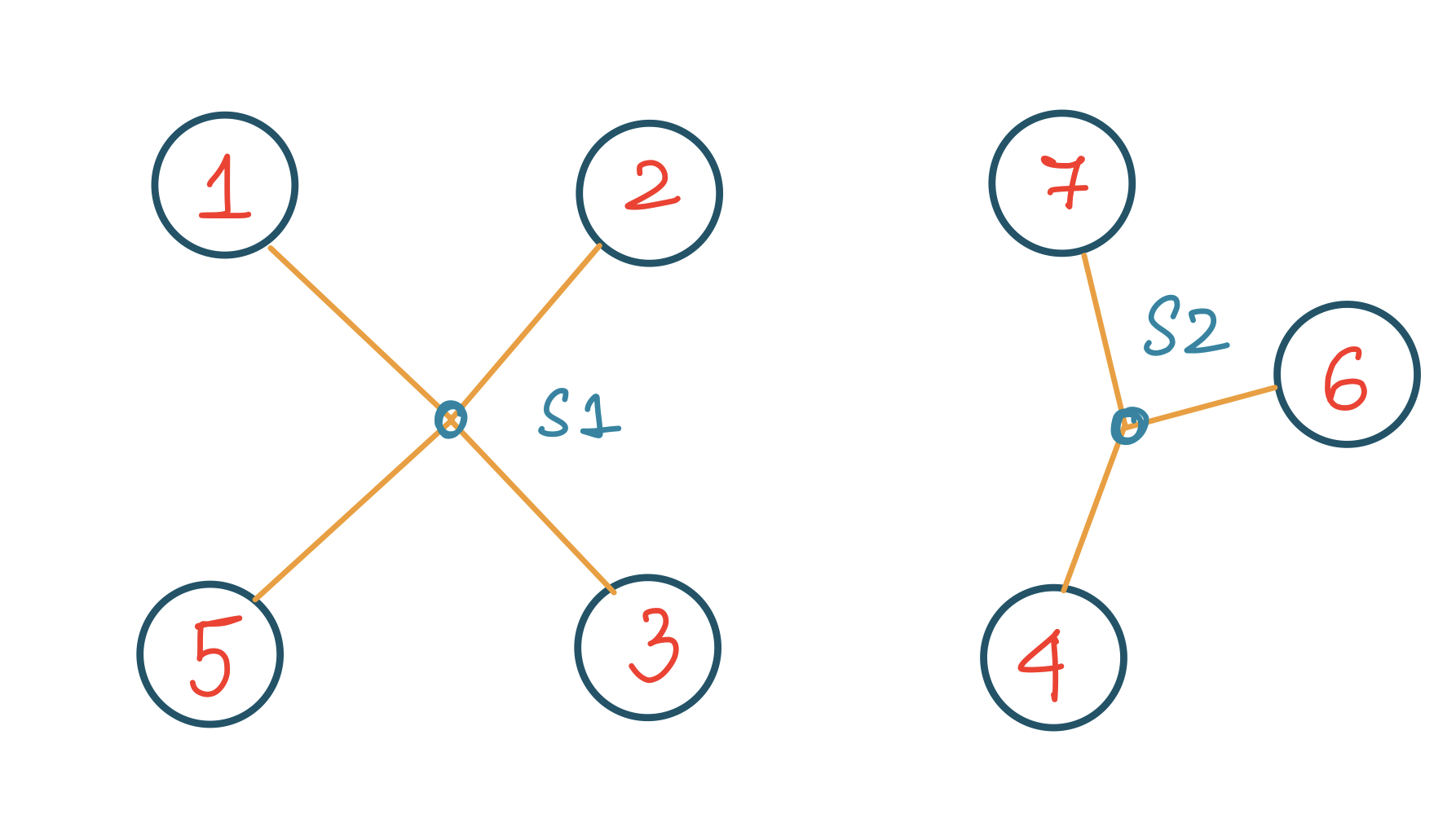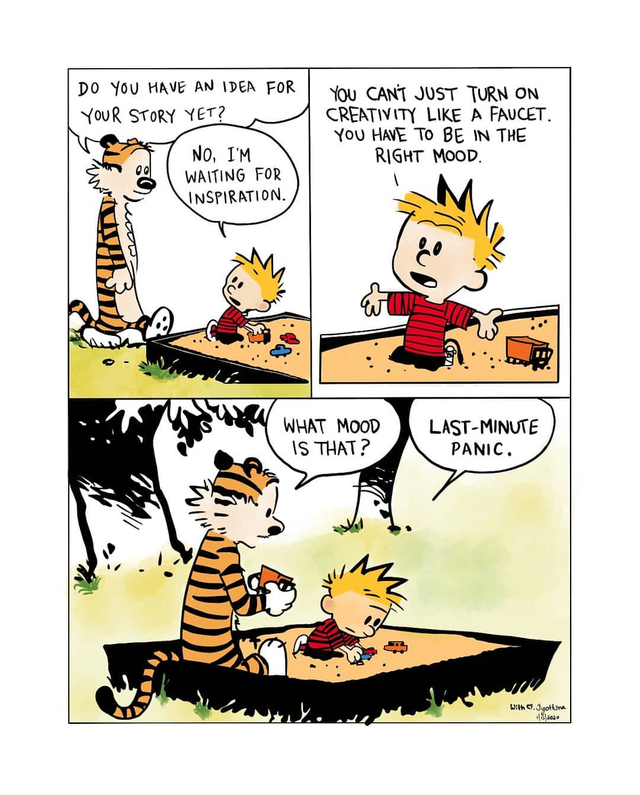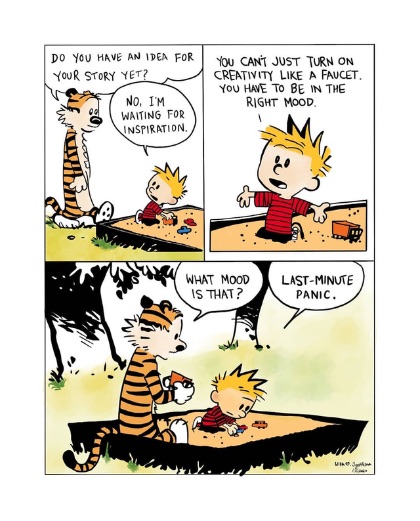ES242. Data Structures and Algorithms I. Week 06 Lab
ES242. Data Structures and Algorithms I.
Lab 06
Note. This was a worked out example and the code is here. Please note that there some very minor changes from the version discussed in class to account for proper printing of whitespace in the output.
List of Practice Problems
Wonderland Chase This Google Code Jam Finals problem from 2022 has a small test case that can be solved by brute force but you’d need to apply BFS to solve the advanced test set.
Blizzard Basin This Day 24 AoC question from 2022 involves a constantly changing graph. Can you make your way out? Give it a shot!


